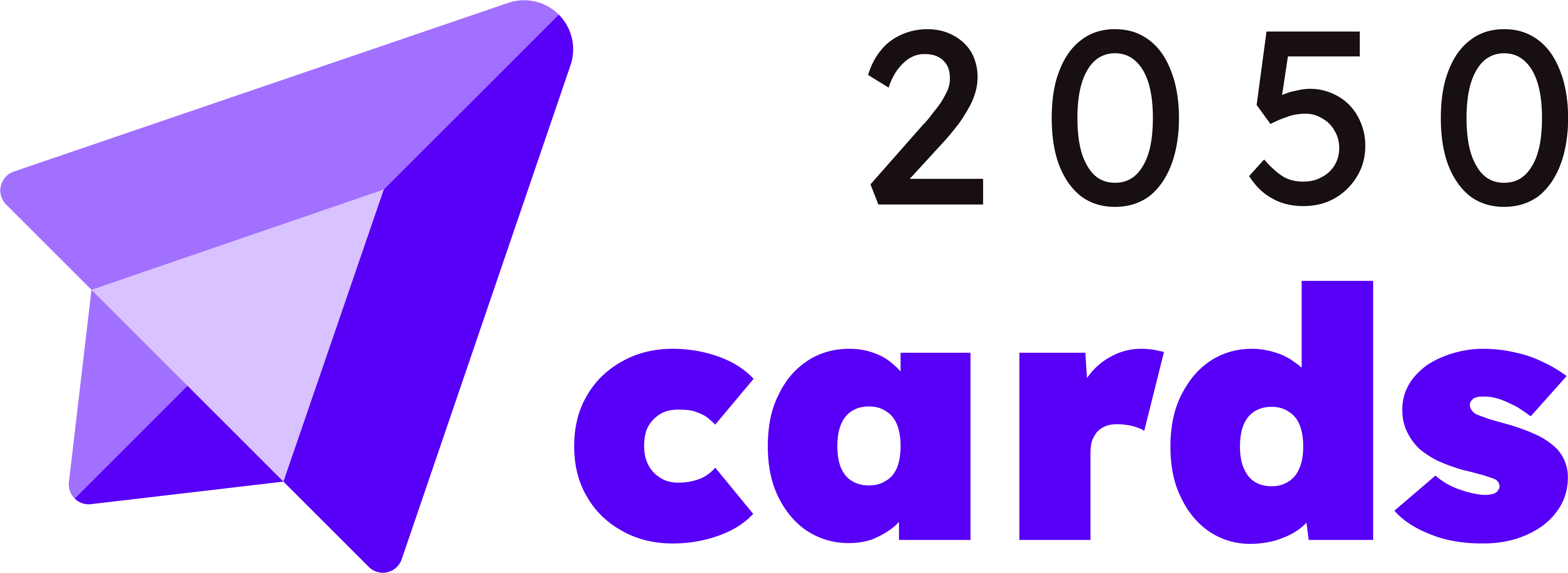
A New Way to Communicate
The history of electronic greeting cards, or ecards, traces its roots back to the early days of the internet when digital communication began to revolutionize the way people connected and exchanged messages. The concept of sending greetings electronically gained traction in the late 20th century as technology advanced and online communication became more prevalent. The first electronic greeting cards can be traced back to the 1990s, a time when the World Wide Web was in its infancy. The idea of sending virtual cards was a natural progression from traditional paper greeting cards.
The Pioneers
One of the pioneers in the ecard industry was a website called “The Electric Postcard,” launched in 1994 by Judith Donath and Karrie Karahalios. This platform allowed users to send electronic postcards with personalized messages and graphics. The Electric Postcard laid the foundation for the future growth of the ecard industry by demonstrating the potential of digital greetings. As the internet continued to evolve, more dedicated ecard websites emerged, offering a wide variety of designs and themes to cater to different occasions. These platforms allowed users to select a digital card, customize the message, and send it to friends and family via email.
A Surge in Providers
The late 1990s and early 2000s saw a surge in the popularity of ecards, with websites like Blue Mountain Arts, Hallmark, and American Greetings leading the way. These platforms offered an extensive selection of ecards for various occasions, ensuring that users could find the perfect digital greeting for birthdays, anniversaries, holidays, and more. With the increasing prevalence of email and the rise of social media platforms, ecards became even more accessible. This seamless integration with online communication platforms further contributed to the widespread adoption of ecards.
Apps and Photos
The mid-2000s witnessed a boom in the ecard industry, with new players entering the market and offering innovative features. Some websites allowed users to upload their photos and create personalized ecards, adding a unique touch to their digital greetings. Mobile apps also emerged, enabling users to send ecards directly from their smartphones. The ease of sending ecards, from companies such as 2050cards coupled with the diverse and creative designs available, has made them a go-to choice for many individuals looking to convey their sentiments in a modern and eco-friendly manner. In conclusion, the history of ecards is a testament to the evolution of digital communication and the creative adaptation of traditional practices to the online world. From the early days of basic electronic postcards to the sophisticated and personalized ecards of today, these digital greetings have become an integral part of how people celebrate and connect in the digital age.
